Encountering the application error code 0xc0000135 on Windows 11 when trying to run an executable file can be perplexing. Fortunately, this error is usually straightforward to fix, and you can resolve it without professional help. This guide provides detailed solutions to help you eliminate this error and get your applications up and running.
What causes the application error 0xc0000135?
The 0xc0000135 error typically occurs due to missing files in the .NET Framework installed on your computer. Applications often require specific components of the .NET Framework to function properly. If these components are missing or not enabled, you may encounter errors when launching programs that depend on them.
In more technical terms, this error arises when applications request access to the Windows Communication Foundation (WCF) and Windows Workflow Foundation (WWF) within the .NET Framework, but these features are not enabled on your system.
It's possible that some applications work correctly while others fail to launch or operate as expected. This discrepancy can happen because different applications rely on different versions or components of the .NET Framework.
For example, if your system has both .NET Framework 3.5 and 4.8 installed, and a necessary DLL file is missing from .NET Framework 3.5, applications that rely on that version may not function properly, while those using .NET Framework 4.8 continue to work.
Additionally, incompatible drivers or residual cache files from previous installations can contribute to this error. Regardless of the underlying cause, the following methods can help you resolve the issue.
Ways to fix application error 0xc0000135 on Windows 11
- Re-enable .NET Framework 3.5.
- Clear cache files.
- Roll back the KB5012643 update.
Method 1: Re-enable .NET Framework 3.5
Re-enabling .NET Framework 3.5 can often resolve the 0xc0000135 error since many applications depend on it. Even if this framework is already installed, re-enabling it ensures that all necessary components are active.
Step 1: Open the Start menu and type Windows Features in the search bar. From the search results, click on Turn Windows features on or off. This will open a new window with a list of Windows features.
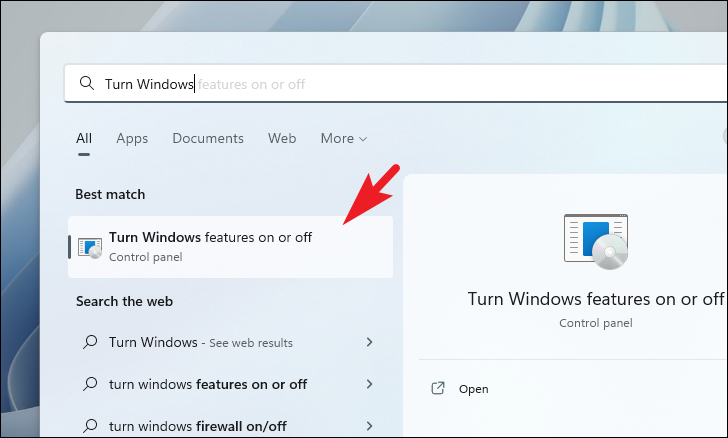
Step 2: In the Windows Features window, locate .NET Framework 3.5 (includes .NET 2.0 and 3.0) and check the box next to it. Click the plus sign (+) to expand it.
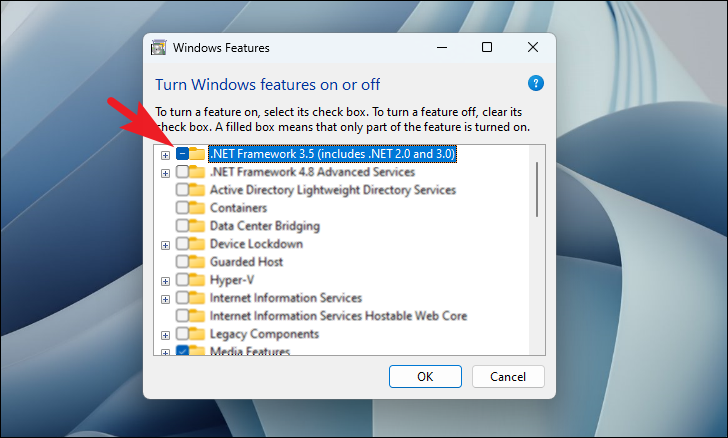
Step 3: Check both options under .NET Framework 3.5 to ensure all components are enabled. Next, locate .NET Framework 4.8 Advanced Services and expand it by clicking the plus sign (+).
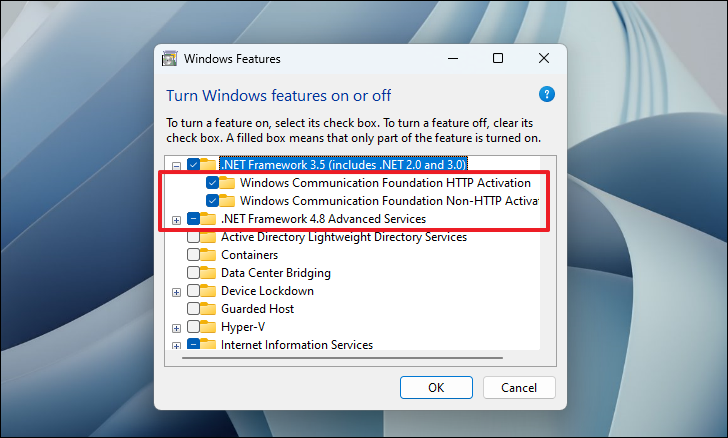
Step 4: Check all the boxes under .NET Framework 4.8 Advanced Services to enable these features. Once done, click OK to apply the changes and install the selected features.
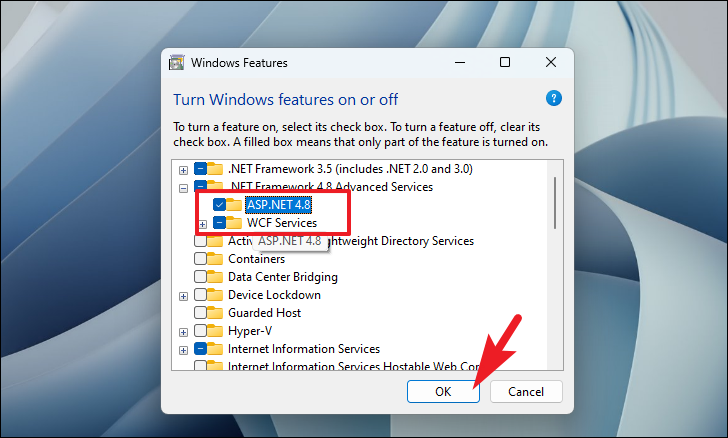
Step 5: After the installation completes, you may be prompted to restart your computer. Click Restart now to reboot your system. Once restarted, try launching the application that was generating the error to see if the issue is resolved.
If you're unable to enable the .NET Framework using the graphical interface, you can accomplish this via the Command Prompt.
Enable .NET Framework 3.5 using Command Prompt
Step 1: Open the Start menu and search for Terminal. Right-click on Terminal in the search results and select Run as administrator.
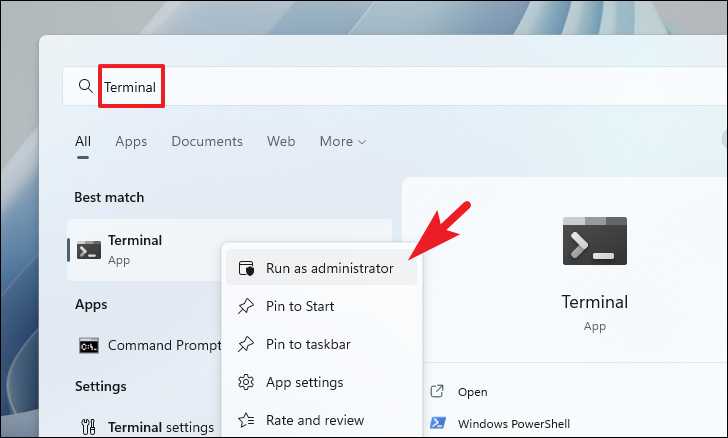
Step 2: If prompted by User Account Control (UAC), click Yes to grant administrative privileges.

Step 3: In the Terminal window, click the downward arrow icon (˅) at the top and select Command Prompt to open it in a new tab. Alternatively, you can press Ctrl+Shift+2 on your keyboard.

Step 4: In the Command Prompt window, type the following command and press Enter to enable .NET Framework 3.5:
dism /online /enable-feature /featurename:netfx3 /all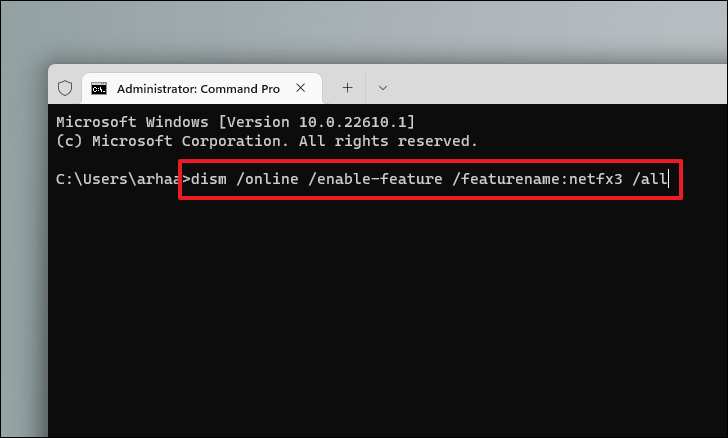
Step 5: To enable Windows Communication Foundation (WCF), execute the following command:
dism /online /enable-feature /featurename:WCF-HTTP-Activation
Step 6: Next, enable non-HTTP activation by running this command:
dism /online /enable-feature /featurename:WCF-NonHTTP-Activation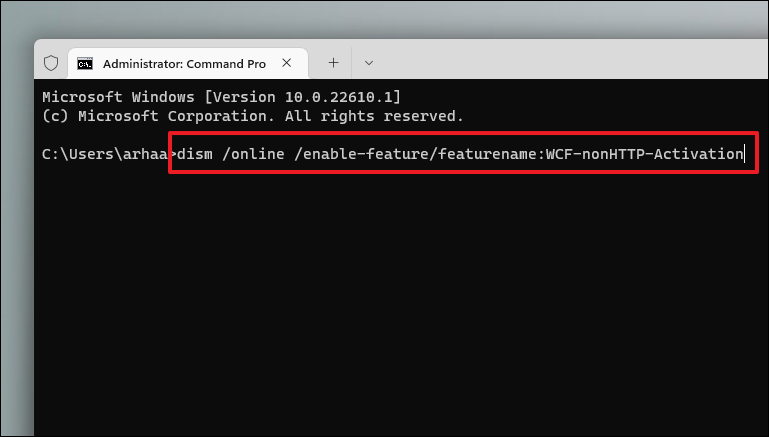
Step 7: After all commands have been successfully executed, restart your computer. Once the system restarts, try opening the problematic application to check if the error persists.
Method 2: Clear cache files on your computer
Clearing cache files can help eliminate residual files that might interfere with the .NET Framework or application functionality. Windows stores various types of cache files, and removing them can help resolve the error.
Step 1: Run Disk Cleanup
The Disk Cleanup utility is a built-in tool in Windows that allows you to delete unnecessary files from your system.
Step 1: Open the Start menu and type Disk Cleanup. Click on Disk Cleanup from the search results to launch the utility.

Alternative: Press Windows+R to open the Run dialog box, type cleanmgr, and press Enter.

Step 2: In the Disk Cleanup window, select the drive you want to clean (usually C:) and click OK. The utility will calculate how much space can be freed.

Step 3: After calculation, you'll see a list of file categories that can be deleted. Select the categories you wish to remove by checking the boxes next to them. You can view the amount of space each category occupies. Click OK when you're ready.

Step 4: Confirm your selection by clicking Delete Files in the prompt that appears.

Step 2: Use Cleanup Recommendations
Windows 11 offers Cleanup Recommendations to help you remove unnecessary files quickly.
Step 1: Open the Start menu and click on Settings. You can also press Windows+I to open Settings directly.

Step 2: In the Settings window, ensure you're in the System tab. Scroll down and select Storage.

Step 3: Under the Storage management section, click on Cleanup recommendations.

Step 4: Expand the Temporary files section by clicking on it. Select the file categories you wish to delete by checking the corresponding boxes. For more options, click on See advanced options. After making your selections, click Clean up to delete the files.

Step 5: You can also expand the Large or unused files section to remove files that you haven't used recently. Select the files you want to delete and click Clean up.

Step 6: If available, you can also remove unused apps. Expand the Unused apps section, select the apps you wish to uninstall, and click Clean up.
Method 3: Roll back the KB5012643 update
The 0xc0000135 error may occur after installing the KB5012643 update (OS Build 22000.652) on Windows 11. Microsoft is aware of this issue and working on a fix. If the previous methods haven't resolved the error, you can uninstall this update as a temporary workaround.
Step 1: Open the Start menu and select Settings.
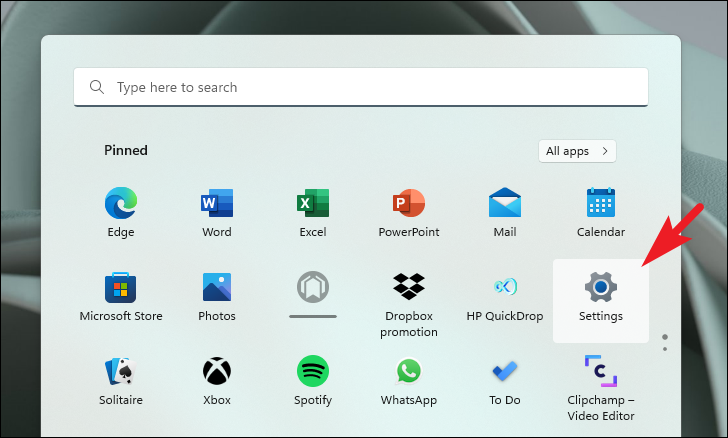
Step 2: In the Settings window, navigate to the Windows Update tab on the left sidebar.
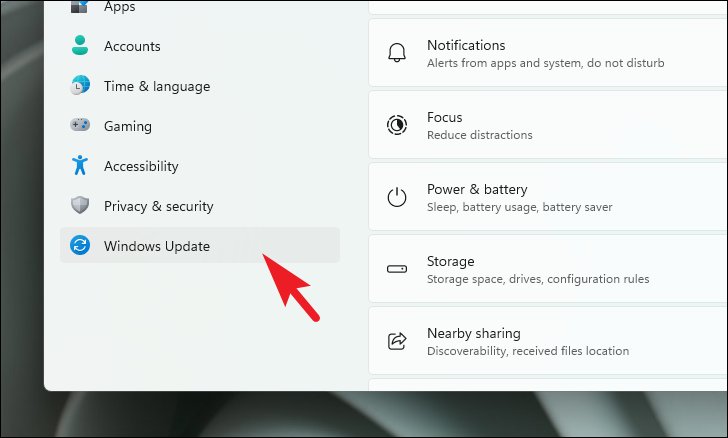
Step 3: Click on Update history in the right pane.
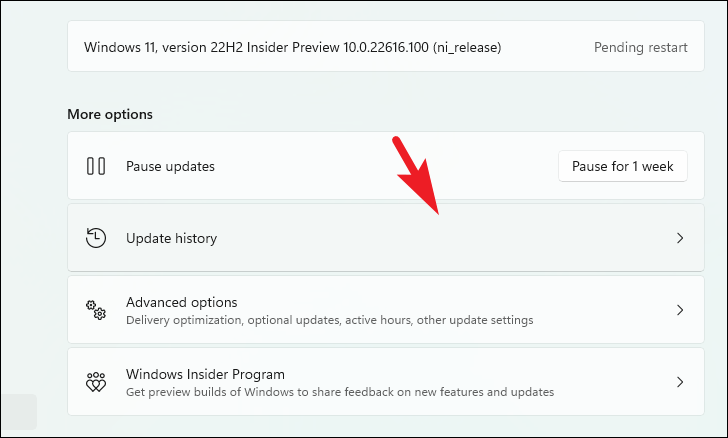
Step 4: Scroll down and click on Uninstall updates under the Related settings section.
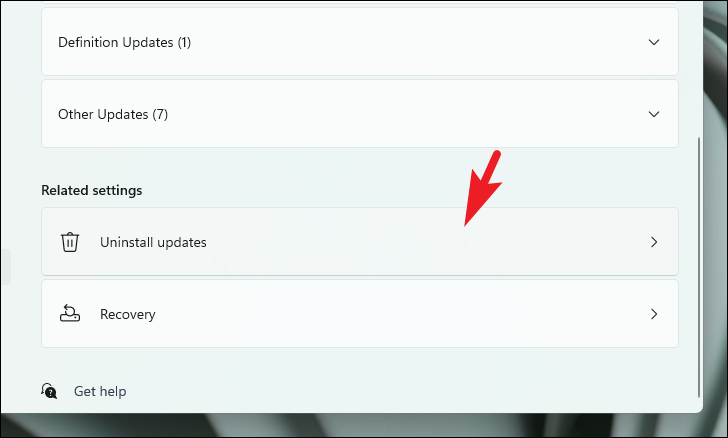
Step 5: In the list of installed updates, locate KB5012643. Click on it, then select Uninstall. If you don't see this update but still experience the error, try uninstalling the most recent update.
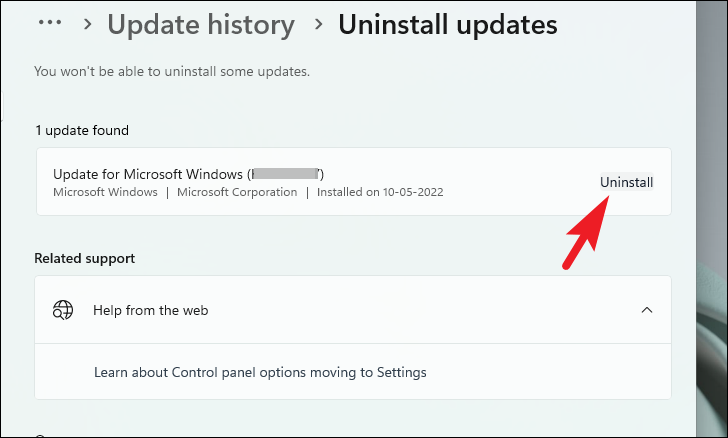
Step 6: Confirm the uninstallation by clicking Uninstall in the prompt that appears.

Step 7: After the update is uninstalled, restart your computer. Once it restarts, check if the application error is resolved.
By following these methods, you should be able to fix the 0xc0000135 application error on your Windows 11 system and get your applications working properly again.






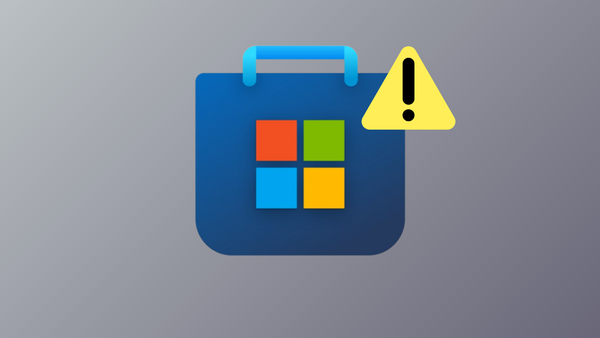
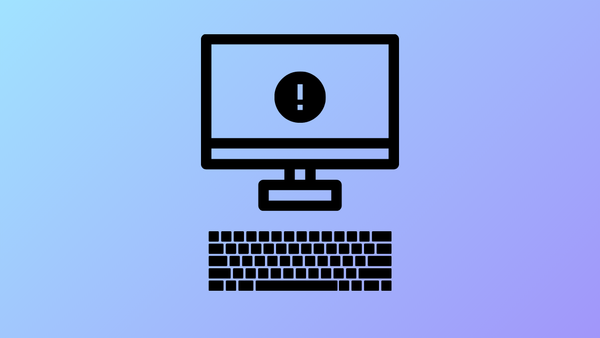
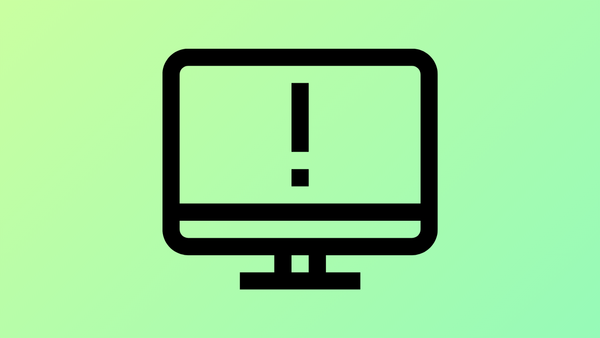
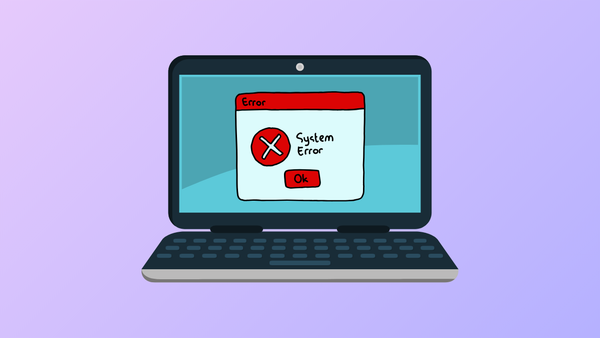
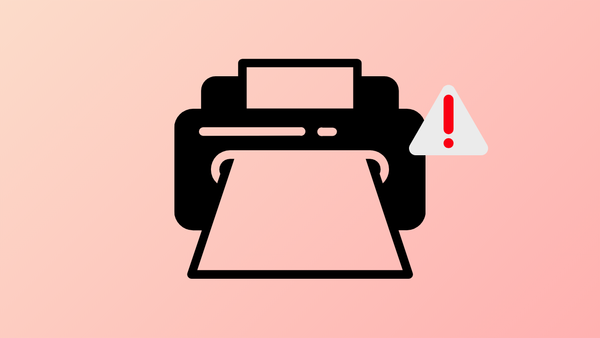
Member discussion